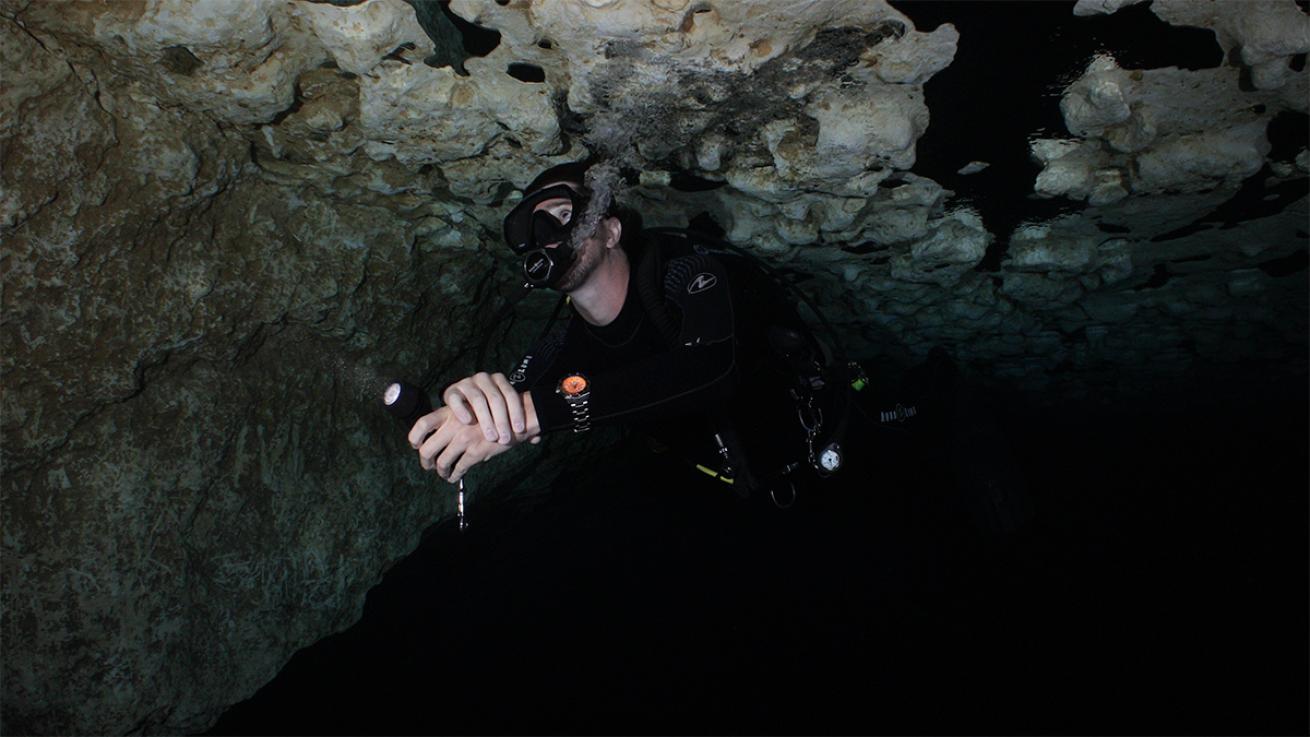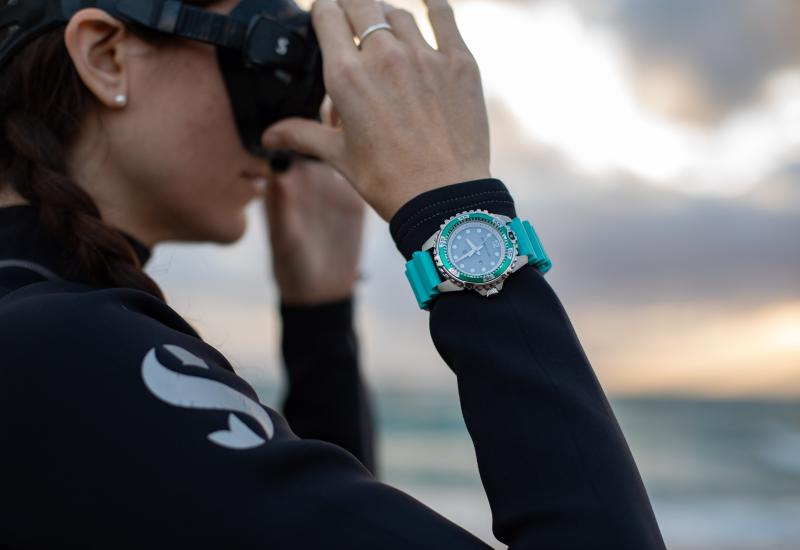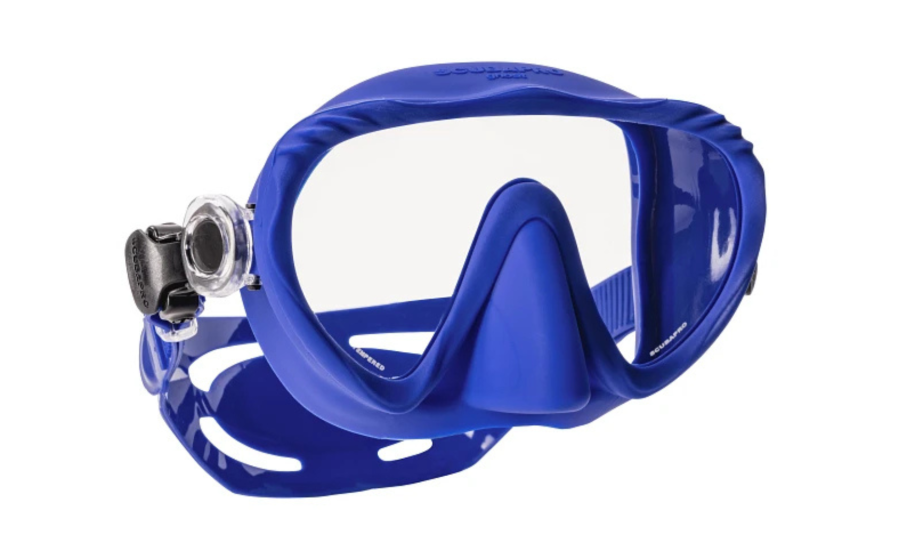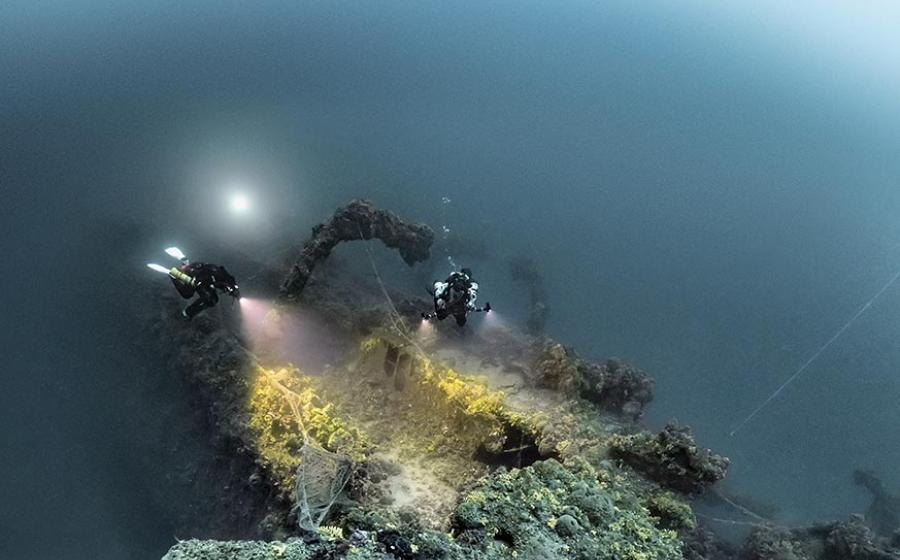Do You Really Need a Dive Watch?

Lee BurghardA dive watch is a watch that can withstand immersion of at least 100 meters.
Like a set of decompression tables, the dive watch was considered must-have gear in the days before dive computers. There are those who would say dive watches are no longer a necessity, which might be true. But if a dive watch has indeed become a luxury, we would point out that it’s still one with an actual job to do.
Yes, you can look to your dive computer for the time (especially if it’s more often set to the correct time than ours). Or you might check your phone, though we usually dive from boats, or at least quite near water, where we’re reluctant to trust our sensitive, water-shy devices to avoid the spray and salt any better than we do.
It’s true that a dive watch simply tells the time. But the point is, it does it both reliably and exceptionally well. And the best dive watches do their jobs while managing to be at once elegant, rugged, stylish or adventurous, depending on your tastes. A dive watch is practical. The high- contrast face and luminous characters and hands that make it easy to read underwater make it easy to read anywhere. The rotating bezel that allows you to track dive time can be used to time anything.
A dive watch is rugged. A design and construction that makes it waterproof to 200 meters or more lets it brush off mishaps that would send a smart- phone running to the nearest uBreakiFix shop.
Practicality aside, there are more important reasons we haven’t — and won’t — given up our dive watch, if only because it gives us the opportunity, whenever someone asks, “Is that a dive watch? Are you a diver?” to share our passion. That alone makes it worth more than the time.
Choosing a Dive Watch
Whether you’re looking for style or practicality, these tips will help you pick a dive-ready timepiece that can accompany you to the depths of the ocean.
+ Price
While you can spend a lot of money on a dive watch, you can also find a rugged, well- made, stylish model for much less than the cost of the priciest smart- phones — and it will serve you much longer.
+ Movement
Both automatic (self-winding) and solar-powered watches will keep time with reasonable accuracy and little maintenance, and tolerate years of hard use. Solar movements generally keep running longer than automatic ones when not worn. Automatic movements are handier if they also allow manual winding.
+ Size
There are no hard rules for the “right” size watch, but generally, for men with wrists up to about 7 inches around, cases up to about 46 mm in diameter look best. Also important is that the lug-to-lug distance — the max dimension between the strap attachments, from top to bottom — is less than the width across the flat of your wrist, since a watch that overhangs your wrist won’t be comfortable or attractive.
+ Materials
We have no doubt our well-made stainless-steel dive watches will long outlast us, but we also admit to an occasional weak- ness for titanium cases and bracelets, well, just because.
+ Style
While it might seem obvious, it’s important to keep all intended uses in mind when choosing a dive watch — do you need a versatile look that can fit in at a client dinner and a dive trip, or simply something that screams “scuba”?
EXPERT TIP: A watch labeled “water resistant” or “waterproof” is not the same as a dive watch. Water-resistant watches are typically designed to hold up in humid environments or to splashes of water, while waterproof watches might not be able to take the pressures involved in diving. A dive watch is a watch that can withstand immersion of at least 100 meters.










